The 1967 Shelby Mustang GT500, often referred to simply as the GT500, is an iconic American muscle car that epitomizes power, performance, and style. As the product of a collaboration between Ford and Carroll Shelby, it holds a special place in automotive history. In this comprehensive exploration, we will delve deep into the origins, design, performance, cultural impact, and lasting legacy of the 1967 Shelby Mustang GT500.
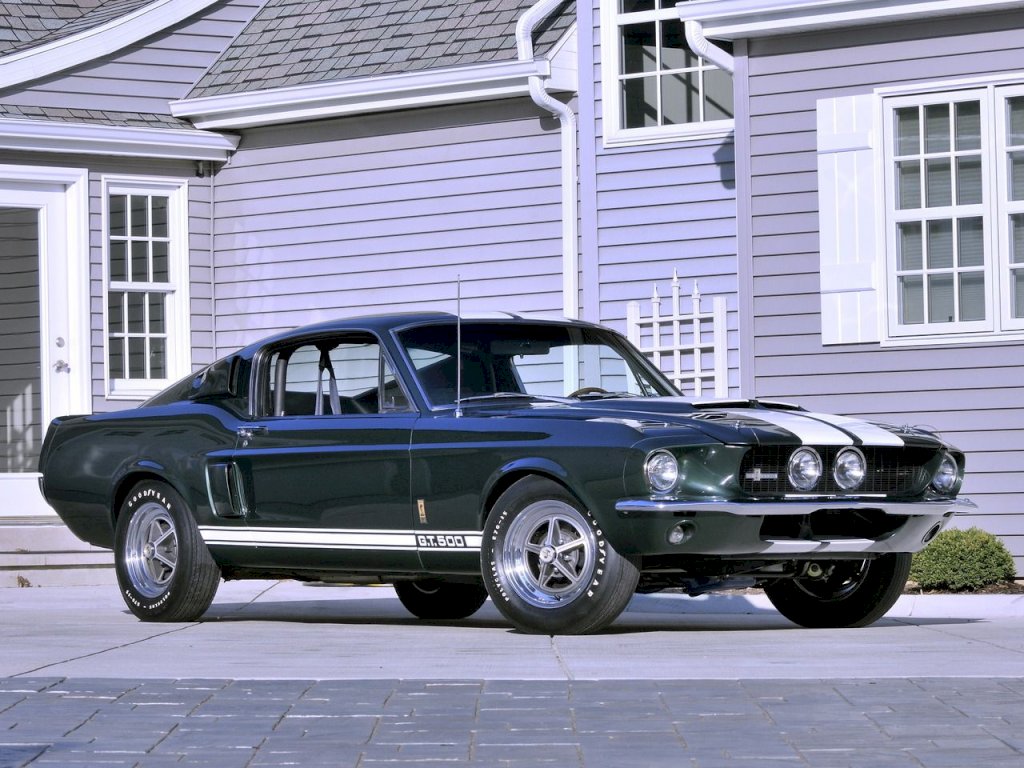
The Birth of the GT500
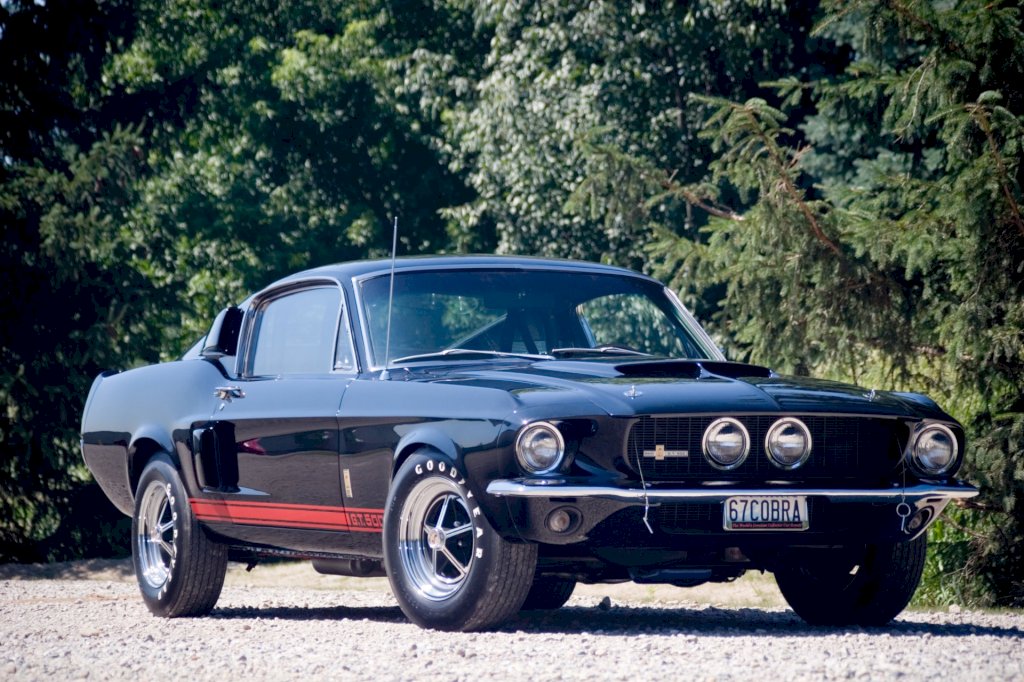
The idea for the Shelby Mustang GT500 came about when Carroll Shelby, known for his successful collaboration with Ford on the Shelby Cobra, decided to create a high-performance version of the popular Ford Mustang. Ford had already released the Mustang in 1964, and it quickly became a sensation, capturing the hearts of American car enthusiasts. Shelby saw the potential to take the Mustang to the next level and create a true high-performance muscle car.
In 1967, Shelby's team began work on transforming the Mustang into the GT500. They started with a standard Mustang fastback, and then added numerous performance upgrades and distinctive styling elements that would set the GT500 apart from its counterparts. The result was a powerful and visually striking muscle car that would become a legend in its own right.
Exterior Design
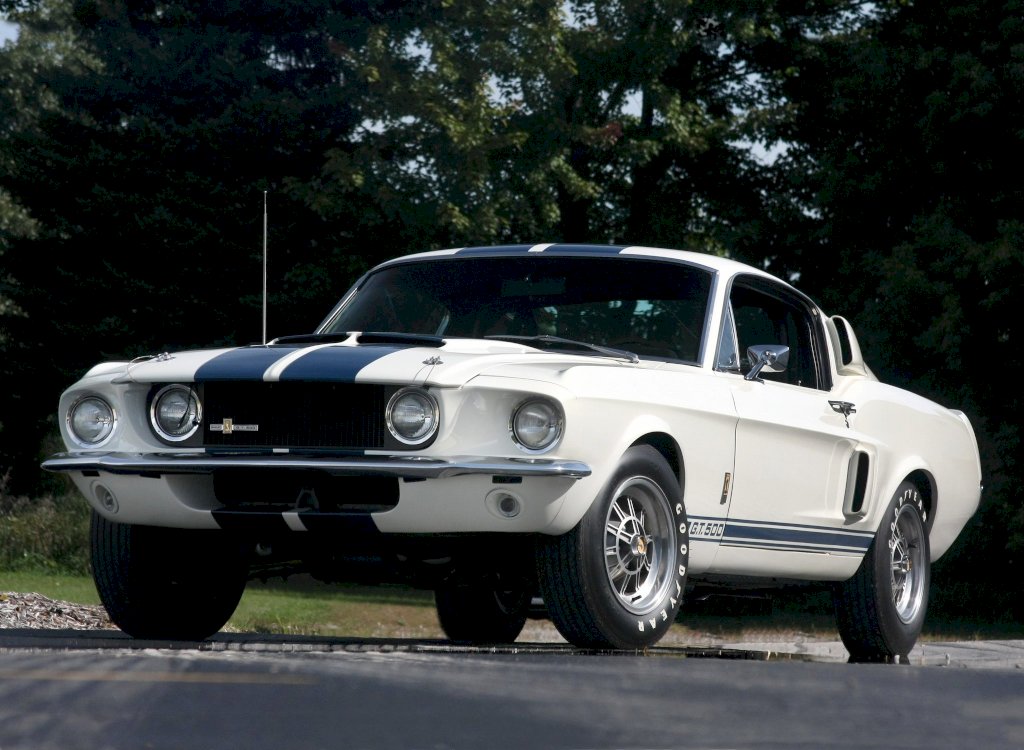
One of the most distinguishing features of the 1967 Shelby Mustang GT500 was its aggressive and aerodynamic exterior design. The front end featured a unique grille with twin horizontal headlights, flanked by prominent air intakes. The elongated fiberglass hood, complete with a functional air scoop, further added to the car's muscular appearance.
At the rear, the GT500 boasted an iconic tri-bar tail light design, along with Shelby's signature dual racing stripes that ran the length of the car. However, the most notable feature was the large "Cobra" emblem and "GT500" lettering emblazoned on the side of the car, making it clear that this was no ordinary Mustang.
Powertrain and Performance
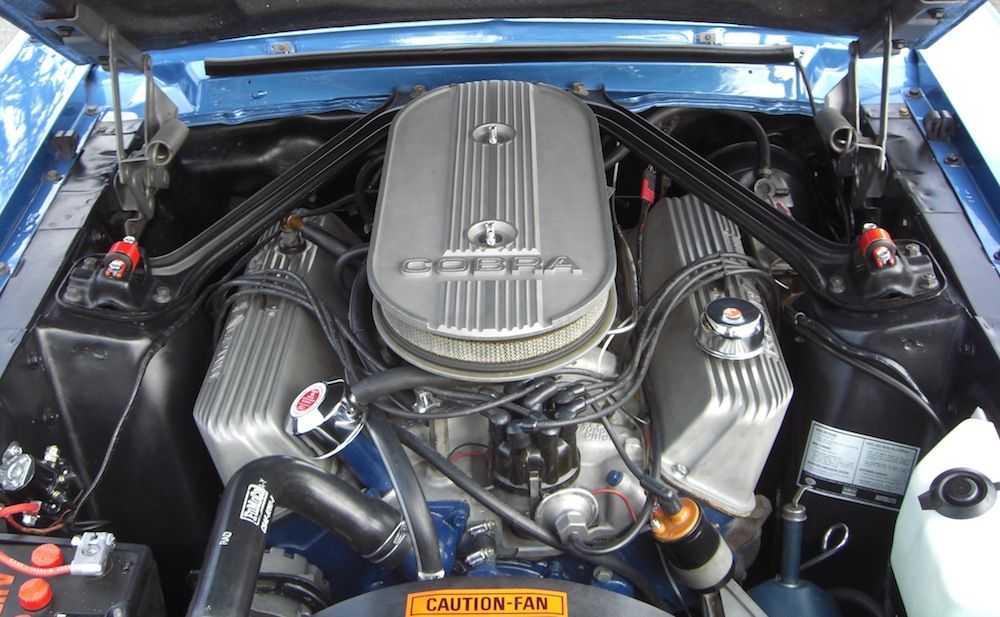
Under the hood, the 1967 Shelby Mustang GT500 was powered by a potent 428 cubic-inch Police Interceptor V8 engine. With a four-barrel Holley carburetor and high-flow exhaust manifolds, the engine delivered an impressive 355 horsepower and a staggering 420 lb-ft of torque. This was a significant increase in power compared to the standard Mustang, making the GT500 a force to be reckoned with on the road.
The GT500 also featured a close-ratio four-speed manual transmission, which allowed drivers to fully harness the engine's power. The transmission was mated to a robust 9-inch rear axle, ensuring that the power was effectively transferred to the rear wheels. As a result, the GT500 could sprint from 0 to 60 mph in just 6.5 seconds and cover the quarter-mile in around 14 seconds, making it one of the fastest muscle cars of its time.
Interior Comfort and Features
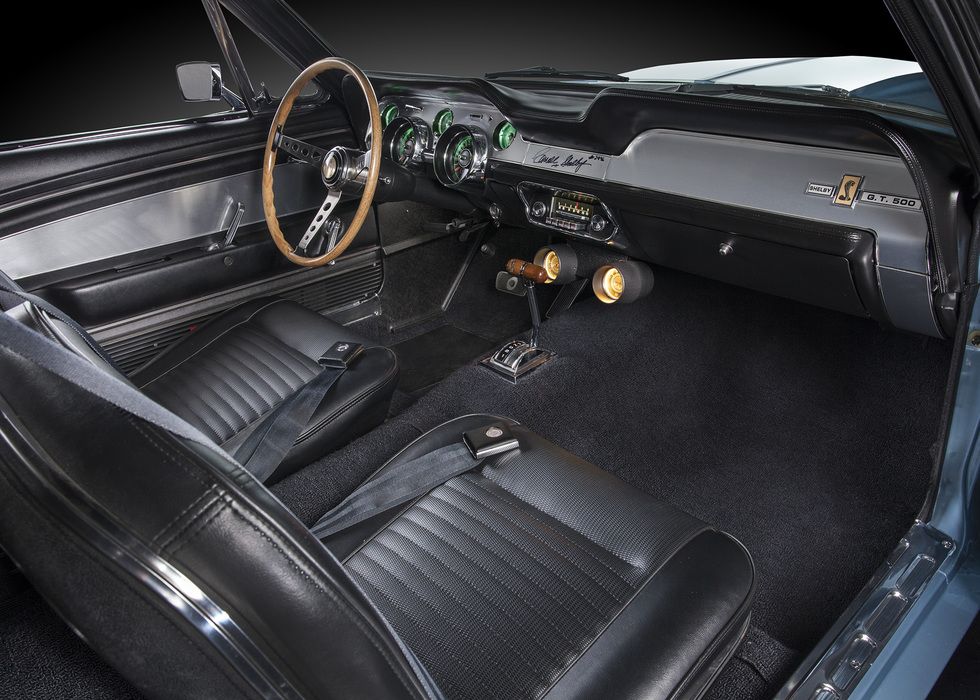
While the focus of the GT500 was undoubtedly on performance, Shelby didn't neglect the interior of the car. The cabin was designed with comfort and style in mind, featuring high-back bucket seats with the iconic "Cobra" emblem stitched into the headrests. The dashboard was equipped with a full set of gauges, including a tachometer, speedometer, and oil pressure gauge, giving drivers all the information they needed to monitor the car's performance.
Despite being a performance-oriented vehicle, the GT500 offered a relatively comfortable ride, making it suitable for both exhilarating drives and long-distance cruising. Additionally, the car came with various optional features, such as air conditioning, power steering, and power brakes, allowing buyers to customize their GT500 to their liking.
Racing Heritage and Legacy
As expected from a car developed by Carroll Shelby, the GT500 had a strong racing heritage. In fact, one of the main reasons for creating the GT500 was to meet homologation requirements for the Sports Car Club of America (SCCA) races. Shelby intended to compete in the SCCA's B-Production class, and the GT500 served as the foundation for Shelby's competition cars.
The GT500 proved its prowess on the racetrack, winning numerous races and championships during its racing career. It also gained fame when it was featured in the 1968 movie "Bullitt," in which a Highland Green GT500 was famously driven by Steve McQueen in an iconic car chase scene.
Conclusion
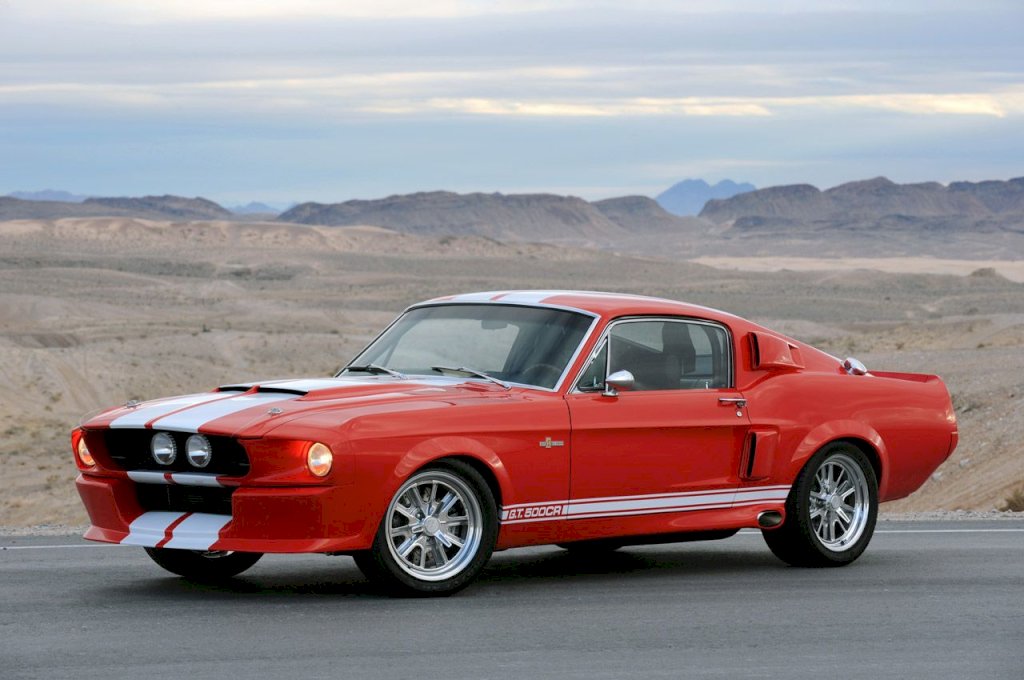
The 1967 Shelby Mustang GT500 remains an enduring icon of American muscle cars, cherished by car enthusiasts and collectors alike. Its combination of jaw-dropping design, impressive performance, and racing pedigree has made it one of the most sought-after classic cars in the world. From its distinctive exterior styling to its powerful V8 engine, the GT500 continues to captivate automotive enthusiasts and evoke the spirit of American muscle from the golden age of cars.
As a true testament to its enduring legacy, modern iterations of the Shelby GT500 have continued to uphold the spirit of the original, carrying on the tradition of delivering heart-pounding performance and legendary status in the automotive world. The 1967 Shelby Mustang GT500 will forever be celebrated as an irreplaceable piece of automotive history and a symbol of the pure joy of driving a true American muscle car.



